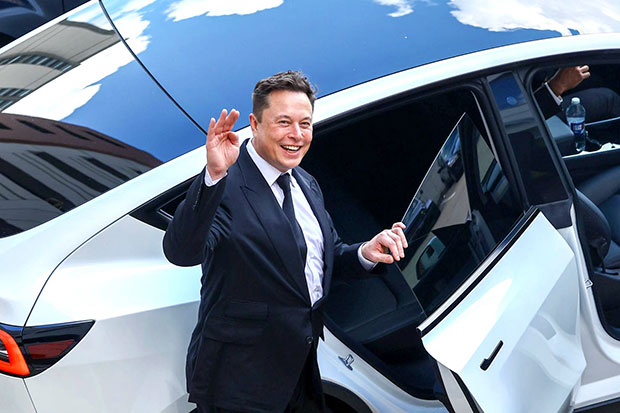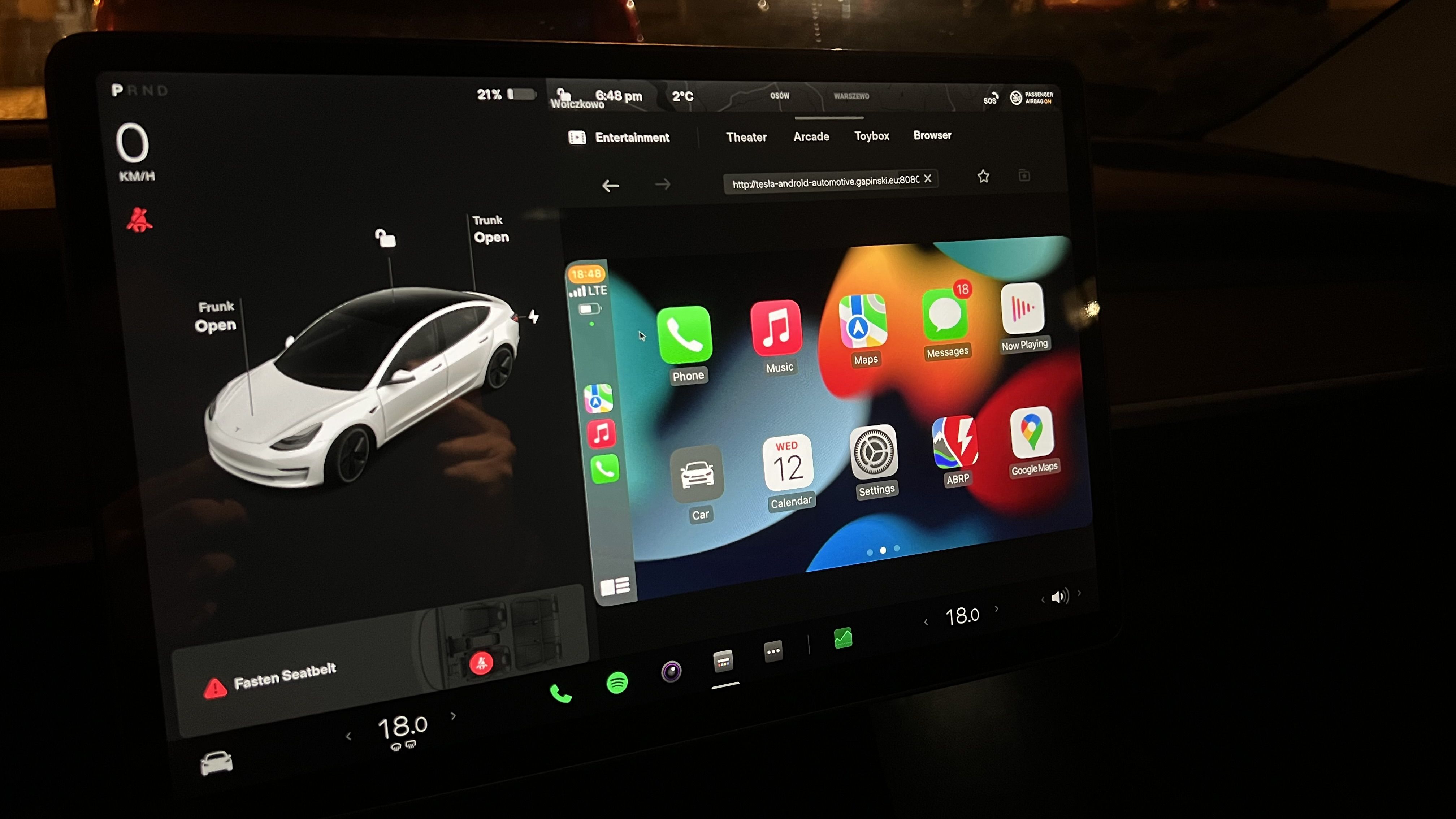TheTalkingMule
Distributed Energy Enthusiast
At this point in time, retail net metering is actually under-compensating homeowners for juice they send to the grid. Nearly all markets have their demand peak in the afternoon when solar produces most. Utilities are buying wholesale supply that's often higher than the retail rate charged to homeowners.I think there is some merit in the argument that crediting customers for power sent back to the grid at full retail rates is unsustainable for the utilities.
Not only that, but shaving the peak means new power plants don't need to be added, which saves ratepayers money too.
We're in a shakeout period now on our way to decentralized pricing that simply operates on supply and demand. What do we think a homeowner with solar and a powerwall today could be charging if that were the setup? Probably more than the retail net metering rate on average.
A big study was done on all this in Nevada when Buffetts NVEnergy tried to drive solar off the grid.



/cloudfront-us-east-2.images.arcpublishing.com/reuters/CEQTTOCULFKUDN66IWWSONG22E.jpg)


